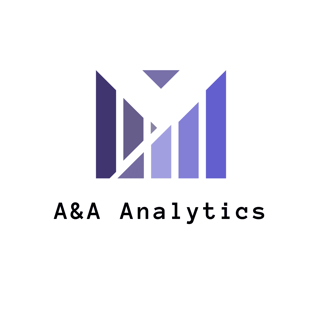An Overview Of The Key Tools And Skills In Data Analytics For Beginners
Data analytics is a constantly expanding role that is becoming more and more crucial for companies of all kinds in the current digital era. The act of gathering, cleaning, analyzing, and interpreting data to obtain insights and help make better-informed company decisions is known as data analytics. Utilizing advanced tools and methods, it involves modifying and visualizing data to find trends and patterns.
There are a few crucial abilities and tools that you must acquire whether you're thinking about a career in data analytics or just want to advance your knowledge in this field. In this introduction, we'll look at some of the top data analytics tools currently on the market and how they may help you be successful in this fascinating area.
Key Skills for Data Analytics
To become a successful data analyst, there are certain key skills that you should possess. These include:
Analytical Skills: Data analysts must have strong analytical skills to examine data and identify patterns and trends.
Programming Skills: Knowledge of programming languages such as Python and R programming is essential for data analysts to manipulate and analyze large datasets.
Statistical Skills: Understanding statistics is important for data analysts to be able to conclude data.
Data Visualization Skills: The ability to present data in a visually appealing and easy-to-understand way is crucial for data analysts to communicate their findings effectively.
Best Data Analytics Tools
Today's technologies for data analytics may make the process of data analysis considerably simpler and more effective. Check out these top data analytics tools that you might find interesting:
Power BI: With the help of Microsoft Power BI, users can quickly connect to and analyse data from a variety of sources, including on-premises databases, cloud-based data services, and Excel spreadsheets. Power BI's user-friendly drag-and-drop interface and strong visualization features make it simple to create personalized dashboards and reports to assist organizations in making more informed decisions.
Tableau: In the corporate domain, Tableau is another effective tool for data visualisation. Tableau makes researching and analysing big information simple with its user-friendly drag-and-drop interface and wide selection of pre-built visualisation choices. Additionally, Tableau is very customizable, enabling customers to design unique dashboards and reports that are catered to their needs.
SQL: SQL is a popular open-source relational database management system widely used in web development and other data-intensive applications. It is known for its speed, reliability, and ease of use, and it can be easily integrated with various programming languages, including Python and R.
Python: Python is a well-liked programming language for machine learning and data analytics. The robust data analysis and manipulation modules provided by Python, such as NumPy, Pandas, and Matplotlib, make it simple to work with huge datasets and create unique data analysis tools.
Conclusion
For Beginner data analytics courses might be an excellent approach to acquire the knowledge and abilities required to thrive in this expanding area. These courses can provide students a foundation in analytical reasoning, handling data, and visualizing results. Through data analytics courses for beginners, people may learn how to use technologies like SQL, Power BI, Tableau, Python, and R programming and become expert in data analysis and visualization. Taking beginner-level data analytics courses can help you accomplish your objectives, whether you're hoping to start a career in data analytics or want to improve your abilities.
